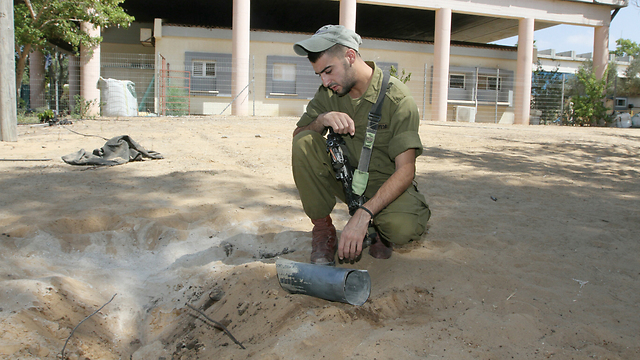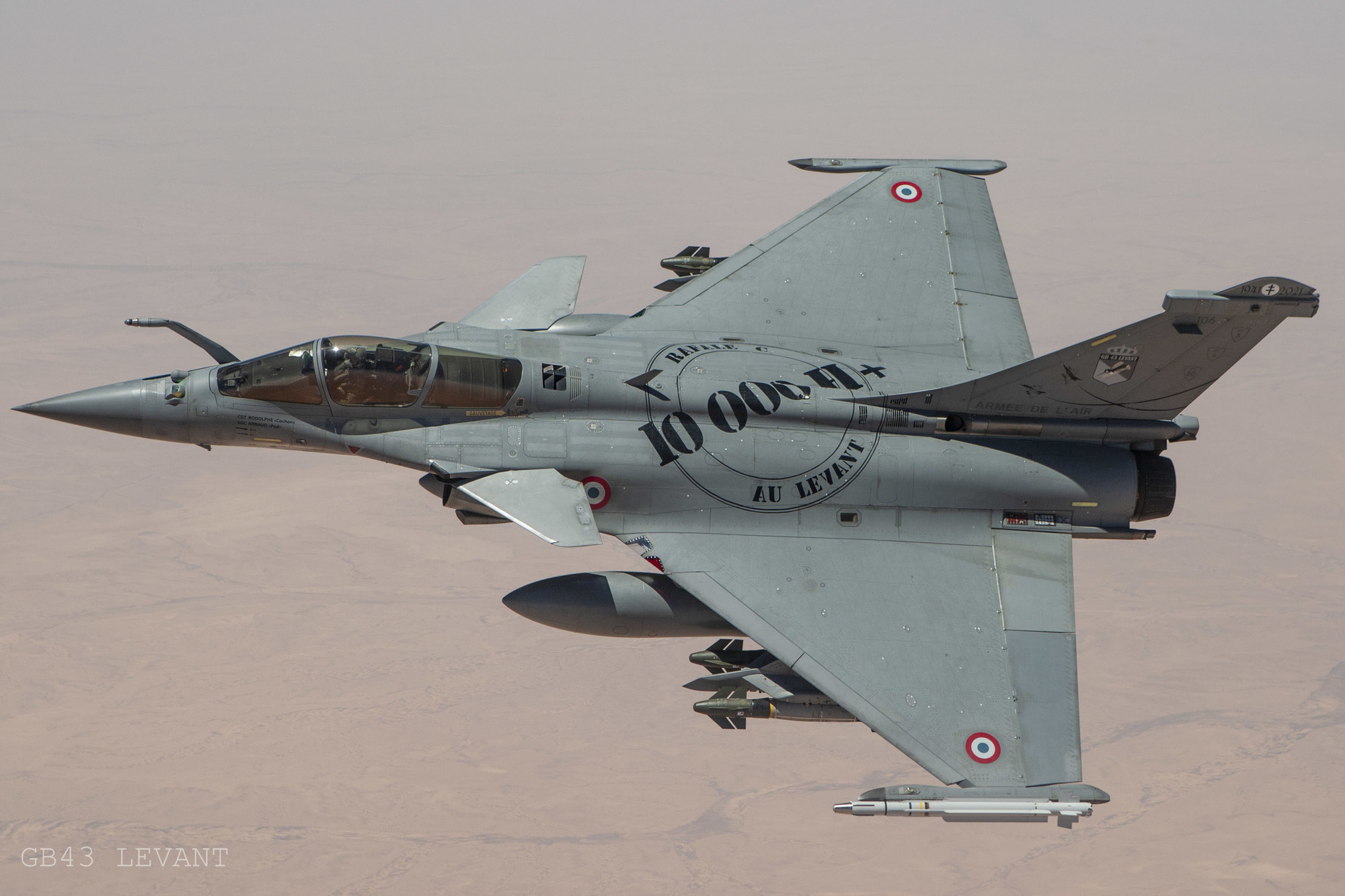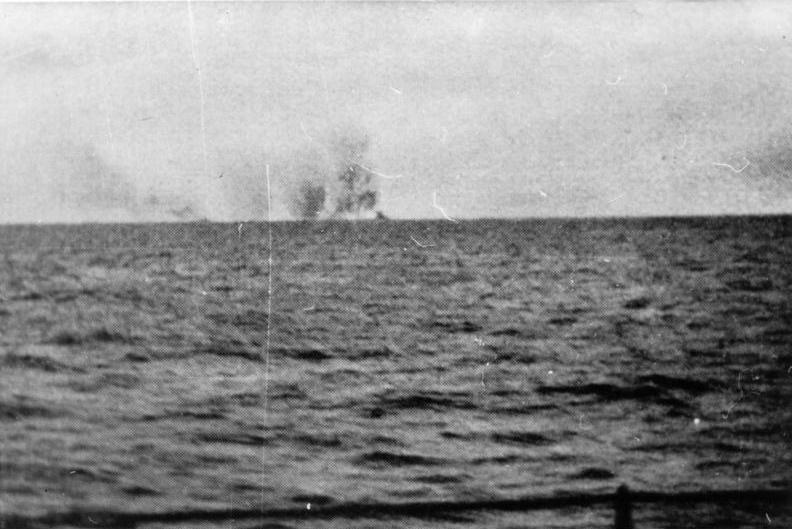tc27 wrote: Tue May 18, 2021 8:19 am
Talking of dirty ships I walked past HMS Belfast yesterday and her paintwork is not in a good condition.
Seeing as we kept no other capital ships from that era* I wonder if long term she needs to be drydocked and sheltered somewhere - last time I went on lots of the top work was not in a good state either.
*Am still surprised about how completely unsentimental the Navy and public were in the late 40s/50s about saving any of the ships that fought in WW2 - saving something like HMS Warspite would have being an incredible bit of naval history (though in pretty much every WW2 theatre and Jutland) but instead left as a wreck when she slipped her towing line and left to rot/be used a a bombing target.

That came up in a recent fb post from a history group I follow showing the Uboats surrendered to the Royal Canadian Navy. Someone asked why we didn't even keep one as the standard would have been good for a while, or at least for training, and they were pretty sure we didn't have any (oddly enough, we had two in WW1 but I think sailors just hitched rides on RN subs in WW2).
The museum I used to work for had some images from the surrender of U889, I recall that we didn't keep it long or even sunk it in a live fire exercise (edit: maybe that was another one)
U-889 was ordered to head to Bay Bulls, Newfoundland. 24 hours later U-889 was turned over to the frigates HMCS Buckingham and HMCS Inch Arran who escorted her to Shelburne Harbour where she was boarded and Braeucker, her commanding officer, made a formal surrender.
On 14 May 1945, U-889 was commissioned into the RCN and decommissioned in December 1945.
U-889 was one of ten U-boats allocated to the United States as part of the Tripartite Naval Commission sitting in Berlin in November 1945. She sailed to Portsmouth, New Hampshire on 11 January 1946 and experiments were conducted on her special hydrophone gear. She was scuttled at the end of 1947.
Ahh, it was U190!
U-190 was formally commissioned into the Royal Canadian Navy on 19 May. Her first assignment, in the summer of 1945, was a ceremonial tour of communities along the St. Lawrence River and Gulf of St. Lawrence, with stops in Montreal, Trois-Rivières, Quebec City, Gaspé, Pictou, and Sydney. On returning to Halifax she assumed duties as an anti-submarine training vessel, which she continued to fulfill for a year and a half.
Operation Scuttled
U-190 was paid off on 24 July 1947, but had one last mission to complete.
The official purpose of "Operation Scuttled" was to provide training for inexperienced post-war recruits in the art of combined operations. U-190, painted in lurid red and yellow stripes, was towed to the spot where she had sunk Esquimalt, and at precisely 11:00 hours on Trafalgar Day 1947, the fireworks began. The "exercise" called for a deliberately escalating firepower demonstration, beginning with airborne rockets and culminating in a destroyer bombardment with 4.7-inch guns and a hedgehog anti-submarine weapon providing the coup de grace.
While numerous reporters and photographers watched, and HMCS New Liskeard, Nootka, and Haida stood by awaiting their turn, the Naval Air Arm began the attack with eight Seafires, eight Fairey Fireflies, two Avro Ansons, and two Fairey Swordfish.
The first rocket attack struck home, and almost before the destroyers had a chance to train their guns, the U-boat was on the bottom of the ocean less than twenty minutes after the commencement of "Operation Scuttled."
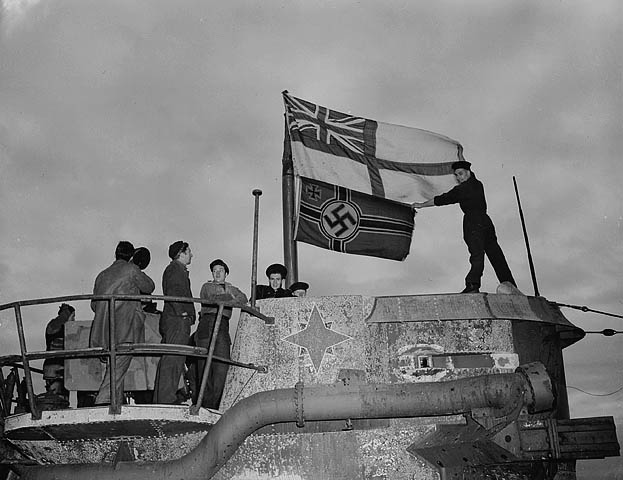
I wonder if no one thought about keeping such a thing as a display / museum / memorial piece at all and both saw them as a pain to have around, clogging up space, and worth some money in scrap? I've never thought to ask my museum colleagues if making vehicles into memorials / living history museums is something that didn't come until the 60s or so (when I know North America rebuilt things like forts and refurbished old buildings into public spaces).






